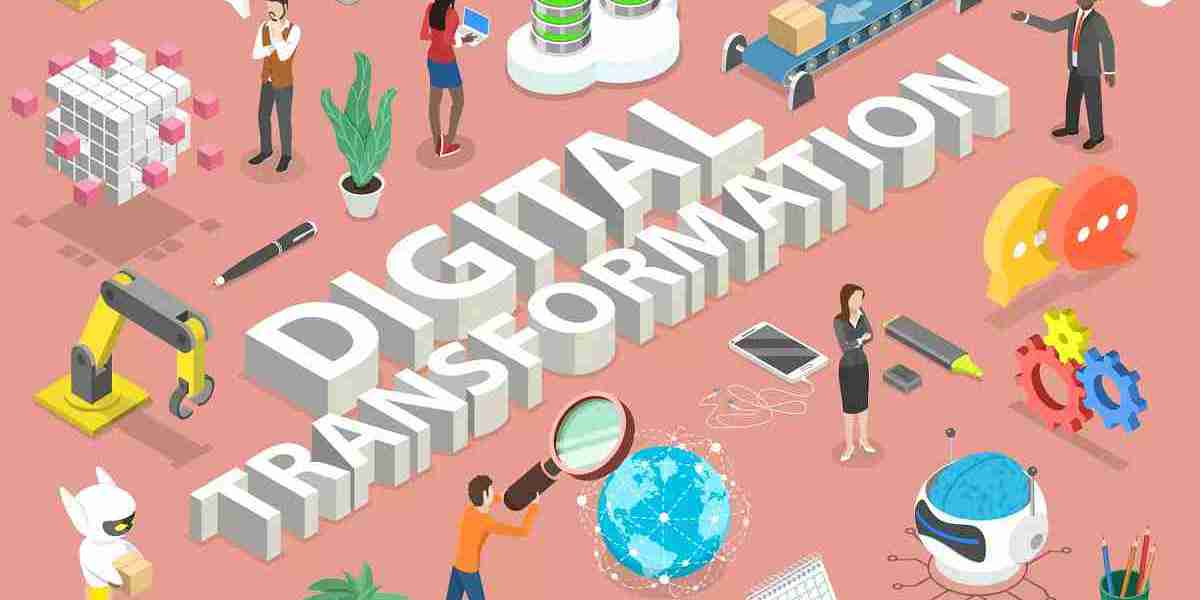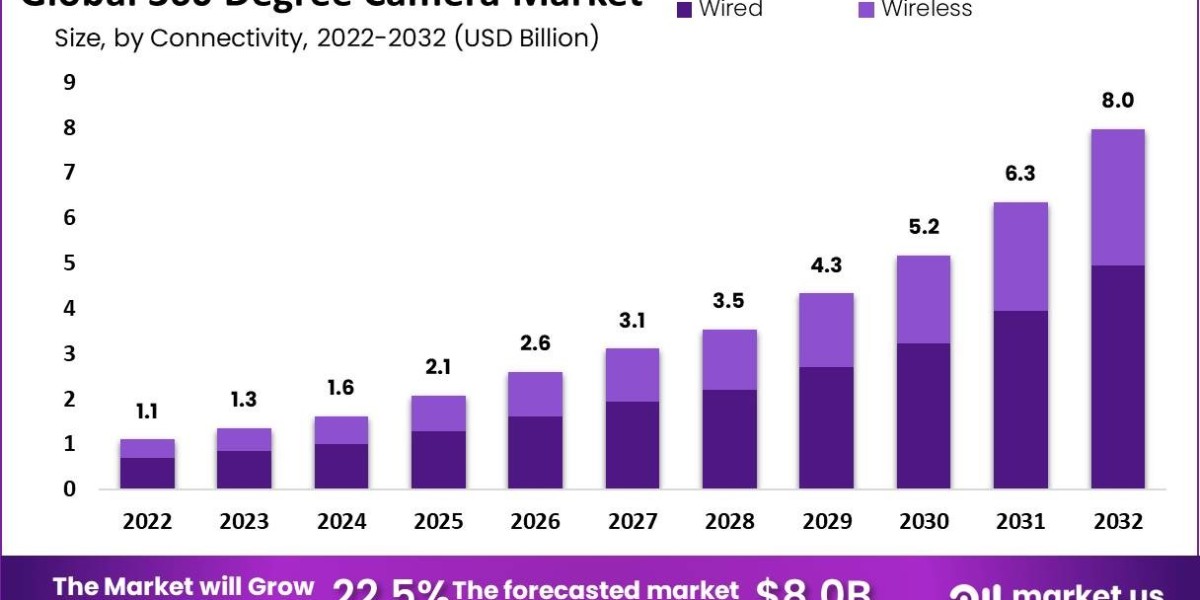Background:
Imagine a community bookstore tucked under a bridge in a small locality but swooped in by a burnished mobile app offering various books and a book recommendation based on moods! A bookstore is a tower of the bygone era, but it is today’s reality.
The same reality applies to businesses. Legacy systems, flawed workflows, entangled processes, costly operations, and disorderly supply chains prevent businesses from becoming timeless success stories. Once you adapt to emerging technologies, digital transformation eliminates all bottlenecks.
Digital transformation catapults your business in front of a global audience instead of letting you become a quaint footnote of the ever-evolving digital age .
Understanding the Digital Transformation Landscape:
Digital transformation has recently been recasting our mindset, lifestyle, and work patterns. Fundamentally, it transforms our thinking, living, and working. The Covid pandemic made us realize that digital transformation is strategically vital for businesses to embrace digital technology to construct a new, intelligent, modern business culture.
Entrepreneurs in the early stages of their journey or tycoons running conglomerates upscaling their businesses globally must adopt artificial intelligence, machine learning, cloud computing, and blockchain, among others, to automate workflows, streamline business processes, develop a culture of innovation, and enhance customer experiences.
Three driving forces at work make digital transformation imperative for businesses.
Customer expectations:
In a post-Covid world, customers have become supreme in the market. Not only have their expectations risen, but they also keep changing rapidly. Today’s digitally native customers seek more convenience and comfort in shopping. They expect businesses to provide personalized choices and real-time conversations to mitigate bottlenecks in their shopping experiences.
Increased competition:
The more global businesses go, the more competition they face, which barely translates into businesses becoming more competitive. Therefore, adapting to emerging technologies to digitally transform is the only way to embrace the competition. Businesses offering grand customer experiences and achieving operational efficiency will survive and ditch the competition.
Efficiencies and cost optimization:
Cost is the primary determinant for businesses’ moves from offline to online and manual to automation through digital transformation. Digital transformation helps businesses reduce errors and wastage, become more secure, attain operational efficiency, and improve profitability. It has become the precursor to achieving cost efficiency and enhanced ROI.
Unveiling the Powerhouse of Emerging Technologies:
The reluctance among businesses to adapt to emerging technologies is quite visible as they have shown incredible capabilities in performing human-like tasks. Notwithstanding, these emerging technologies, such as AI, ML, Blockchain, IoT, Cloud computing, etc., are shaping the future of humans and effectively influencing human capabilities.
From mimicking humans to making smart decisions and handling customer queries to reducing operational costs, emerging technologies are creating a world, especially the business world, that would amaze humanity. Let’s check out what these technologies are.
Artificial Intelligence (AI) Machine Learning (ML):
AI has taken the world by storm and is making the biggest stride in altering business culture. Fundamentally, artificial intelligence makes machines smarter by infusing them with humans’ cognitive capabilities. Nowadays, machines perform tasks, learn from human experiences, adapt to human behavior, and improve productivity by performing tasks more efficiently.
Machine learning, on the other hand, is the simplest way to train machines through algorithms that ingest data. The core difference is that these algorithms are not programmed like software but are fed with innumerable data so that computers can recognize patterns and discover insights. AI and ML solutions possess great potential for businesses to cut costs, streamline business processes, enhance customer experiences, and improve ROI considerably.
Cloud Computing:
Cloud computing is one of the strongest modes of digital transformation. It enables businesses to leverage large-scale IT infrastructure with scalability and cost-effectiveness benefits. Fundamentally, the cloud is a virtual internet space where businesses can store data, leverage online applications, utilize servers and networks, and generate insights to access, innovate, optimize, and scale businesses to newer heights.
Now, every business can enjoy world-class IT services over the Internet without investing heavily in hardware. Cloud computing allows businesses to customize their online infrastructure based on their needs.
Blockchain:
Blockchain is an emerging technology giant that businesses prefer for various reasons. However, the technology has its share of drawbacks as well. Nonetheless, as it improves, it will change how businesses interact and deal with each other in a transparent and trustworthy business environm
Blockchain technology is a digital ledger distributed among network members. These digital ledgers preserve the data agreed upon by every member of the blockchain network. Due to consensus mechanisms and transparency, businesses can reduce fraud, fake transactions, and counterfeiting. Consequently, businesses can build trust and consumer confidence and deliver value addition.
Internet of Things (IoT):
Interconnectivity has been the flavor of our time. Technology makes human-machine collaboration easier nowadays, and IoT is at the forefront. Internet-of-things are physical devices driven by and connected to the Internet to perform their operations. From household security cameras to massive industrial machines, these devices use various sensors, networks, and software to connect with the Internet to receive and share data.
Various businesses are leveraging IoT devices in multiple ways. In some businesses, IoT devices help optimize processes; in others, they streamline workflows. IoT devices are generally utilized where the nature of the task remains the same, such as monitoring the temperature or carrying out preventive maintenance.
Charting Your Digital Transformation Journey:
Digital transformation is not about having a business website, app, or eCommerce store. It involves a cultural shift in how businesses are conducted. It is a strategy that empowers businesses to embark on a technological journey that will bring a paradigm change in operations, business processes, workflows, marketing, sales, and product innovations, resulting in business growth and superior ROI. Here is the roadmap.
Assess Your Current State:
Before jumping on the bandwagon, entrepreneurs should assess the spread and scope of digitization in their business. A SWOT analysis should be the first step to identifying where digital transformation is required. Business owners should identify the cost and benefits of digital transformation and focus on any technology gaps that may occur. They should also evaluate emergency technologies to recognize their needs and impact on their business.
Define Your Transformation Goals
Entrepreneurs must answer questions related to goals and objectives. They should be clear about what they want to achieve by transforming their business digitally and know where digital transformation will lead. Their second step is SMART goals, ideally aligning with overall business objectives. Goals should be time-bound, specific, relevant, and measurable to ensure digital transformation does not cost more than financial capabilities.
Develop a Digital Transformation Strategy:
Once goals are set based on analysis, developing a digital transformation strategy is the obvious step. Each step must be well-defined and documented in a digital transformation solution. The strategy for digital transformation processes, technologies, and resources should be clear before entrepreneurs. They should also strategize which system to be transformed and which to keep untouched. They also evaluate the impact on customers and employees before diving in. Business owners must identify the milestones and set a timeline for each.
Embrace a Culture of Innovation:
Entrepreneurs face the biggest challenge of innovation. They believe technology will help them innovate automatically, but technologies are facilitators. Digital transformation is a journey of cultural shift, which must create an environment where experiments thrive, studies are carried out, and innovations galore. For business owners, digital transformation is an opportunity to learn continuously, empower employees toward productivity, and enhance customer satisfaction by improving customer experiences.
Invest in Your People:
Regardless of the technological infusion, there is only one way an entrepreneur can become a leader: by investing in human resources. Empowering employees with training to manage new technology translates into rapid business growth. Digital transformation won’t automatically transform the work environment. Management should involve more skilled employees in day-to-day decision-making to improve their efficiency, contribution, and productivity to achieve superior growth.
Addressing Challenges and Ensuring Success:
Is the digital transformation journey a cakewalk or a child’s play? Nowhere near. It has challenges and hurdles entrepreneurs can only overcome through creative thinking. Neutralizing these challenges results in smooth digital transformation for greater visibility and better ROI.
Change Management:
Digital transformation occurs when new, digitized systems replace old systems and workflows. Entrepreneurs should issue proper change management guidelines to involve employees and other stakeholders. Clear and effective communication is the key to stakeholder engagement and eliminating hurdles and resistance to change.
Data Security and Privacy:
In the modern world, data is wealth. Governments worldwide have regulated data transfer and established new rules to prevent data breaches. Business owners must develop a system to protect data from them and fortify their system with robust data security apparatus to protect critical financial, employee, and customer details fully.
Technical Expertise:
Leadership does not necessarily have to be expert in every technology. Therefore, entrepreneurs must build a reliable team of technology experts to adapt and manage technological changes. Business owners must partner with technology firms to continuously consult technological implementation and maintenance if necessary.
The Role of Leadership in Driving Digital Change:
Stereotypes no longer work in hyper-digitized business environments. Entrepreneurs are required to be courageous enough to make bold decisions with calculated risk. Especially in this digital age, where digital transformation through emerging technology has become a compulsion, businesses need to trust their employees, build a loyal customer base, and trust the stakeholders.
Businesses rarely witness downside-up strategic changes. Leadership must always take the first step towards modernizing business processes and leveraging newer technologies. Business leadership must motivate employees for changes to ensure employees themselves mitigate risks related to changes.
Leadership must prepare for the challenges and keep its team ready to take on challenges and find feasible and practical solutions for growth. Instead of reacting to the situation, entrepreneurs can adapt to change first and then inspire teams to optimize business processes, automate them strategically, and march toward the future.
Conclusion – The Future Awaits:
As an entrepreneur, if you think adapting to emerging technology ends your journey and your business will grow independently, you are mistaken. Digital transformation is just the beginning of the journey; optimizing operations, streamlining processes, improving productivity, and enhancing customer satisfaction follow.
Implementing innovative ideas and creating an environment for sustainable growth requires an agile mindset, market-dominating marketing thinking, and the ability to edge out competition. New-age entrepreneurs and digital transformation are two sides of the same coin; one gains when the other thrives.
Original Source: Here



